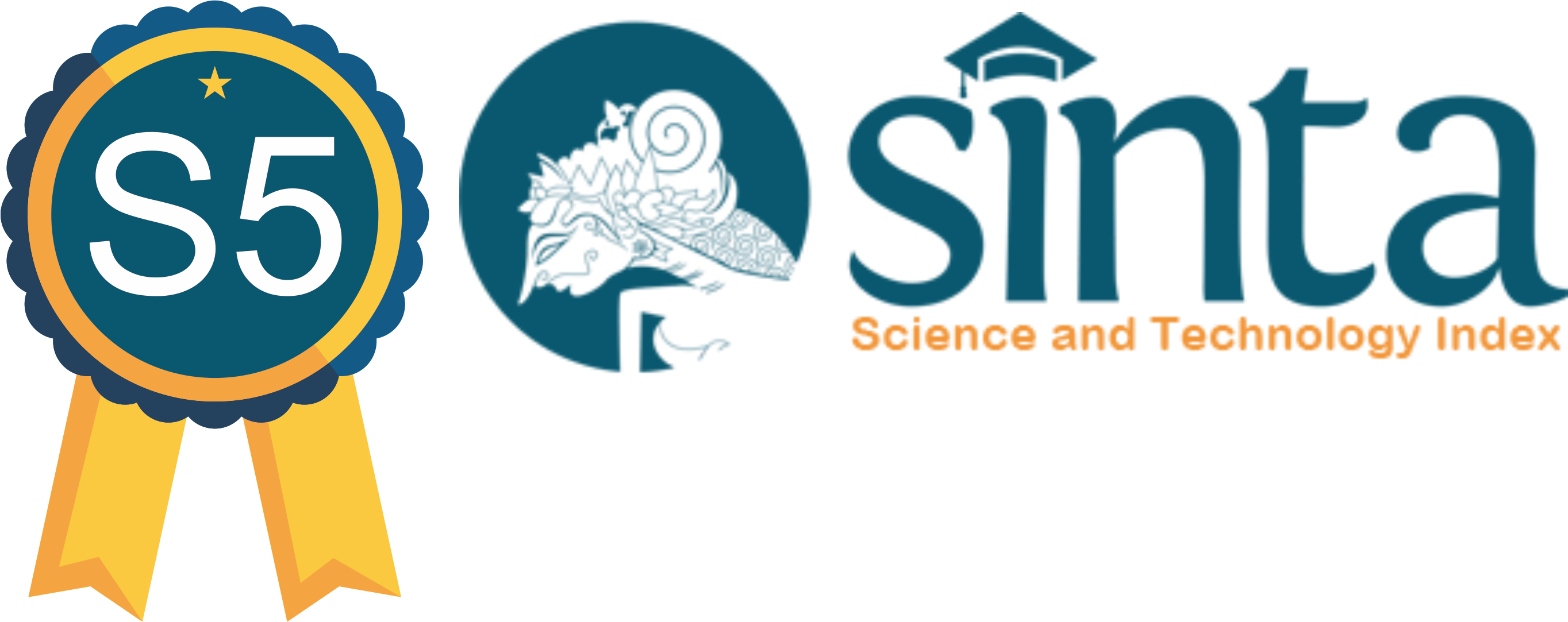Conformity with Compulsive Buying in Adolescents
Abstract
Compulsive buying is a shopping behavior that is repeated and has a strong urge to shop which is done as a diversion from negative feelings, such as stress and anxiety. Compulsive buying can be influenced by the social environment, where a person will behave following the expectations of others, the presence of pressure, or what is often called conformity. This study aims to determine the relationship between conformity and compulsive buying in adolescents. The approach used is a quantitative approach with the type of correlational research. The measuring instrument in this study uses conformity scale adaptation and compulsive buying scale adaptation. Respondents in this study were teenagers aged 18-24 years totaling 399 teenagers living in the city of Kupang. The results of hypothesis testing using the Spearman correlation technique obtained a correlation coefficient of 0.208 with a significance level of 0.000 (p <0.05). This means that H0 is accepted, that is, there is a positive and significant relationship between conformity and compulsive buying in adolescents in Kupang City.
Downloads
References
Edwards, E.A. (1993). Development Of New Scale For Measuring Compulsive Buying Behavior. Financial Counseling and Planning. 4, 67-85
Ergin, E. A. (2010). Compulsive Buying Behavior Tendencies: The case of Turkish Consumers. Journal of Bussiness Management, 4(3), 333-338
Hafez, M.A.I.K., Sahn, M.F.E., & Farrag, D.A.R. (2013). The Effects Of Egyptians’ Money Attitudes on Compulsive Buying With The Role Of Credit Card Use. The Macrotheme Review: A Multidisciplinary. Journal of Global Macro Trends. 2(6), 73-88
Howard, C. (2016). Understanding College Student’s Compulsive Buying Across Shopping Channels: Psychological, Affective, And Social Perspektive. Thesis. Colorado State University
Lee, H.S., & Workman, E. J. (2015). Compulsive buying and branding phenomena. Journal Of Open Innovation Technology, Market and Complexity. 1(3), 1-12
https://doi.org/10.1186/s40852-015-0004-x
Mangestuti, R. (2014). Model Pembelian Kompulsif Pada Remaja. Disertasi. Program Doktor Universitas Gadjah Mada Yogyakarta
Mehrabian, A., & Stefl, C. (1995). Basic Temperament of Loneliness, Shyness and Conformity. Social Behavior and Personality, 23(3), 253-264
https://doi.org/10.2224/sbp.1995.23.3.253
Pergiwati, G. E. (2016). Konformitas dan Perilaku Konsumtif Pada Mahasiswa dengan Status Sosial Ekonomi Ke Bawah. Psikoborneo, 4(3)
Rahajeng, E. (2014). Studi Kasus Perilaku Compulsive Buying Pada Remaja di Yogyakarta. Skripsi. Fakultas Ilmu Pendidikan. Universitas Negeri Yogyakarta
Santrock, J.W. (2007). Perkembangan Anak (Edisi kesebelas): Jilid 1. Jakarta: Erlangga
Sari, R.K. (2016). Kecenderungan Perilaku Compulsive Buying (Pembelian Kompulsif) Pada Masa Remaja Akhir di Samarinda. Jurnal Psikologi. 4(4), 361-372
Sholihah, Z. & Astuti, D.Y. (2014). Hubungan Antara Harga Diri dan Compulsive Buying Pada Remaja di Pondok Pesantren. Skripsi. Fakultas Psikologi dan Ilmu Sosial Budaya Universitas Islam Indonesia Yogyakarta.
Sugiyono. (2018). Metode Penelitian Kuantitatif, Kualitatif, dan R&D. Bandung: Alfabeta.
Wijayanti, D. (2017). Hubungan Konsep Diri dan Konformitas Terhadap Pembelian Kompulsif Pada Mahasiswa Fakultas Psikologi Universitas Islam Negeri Malang. Skripsi. Fakultas Psikologi. Universitas Islam Negeri Malang
Copyright (c) 2021 Jenita Aryani Dengah, M.K.P Abdi Keraf, Theodora Takalapeta

This work is licensed under a Creative Commons Attribution-ShareAlike 4.0 International License.
Journal of Health and Behavioral Science (JHBS) is licensed under a Creative Commons Attribution-ShareAlike 4.0 International License. You are free to copy, transform, or redistribute articles for any lawful purpose in any medium, provided you give appropriate credit to the original author(s) and JHBS, link to the license, indicate if changes were made, and redistribute any derivative work under the same license. Copyright on articles is held by the authors. By submitting to JHBS, authors grant any third party the right to use their article to the extent provided by the Creative Commons Attribution-ShareAlike 4.0 International License.

 Jenita Aryani Dengah(1*)
Jenita Aryani Dengah(1*)








